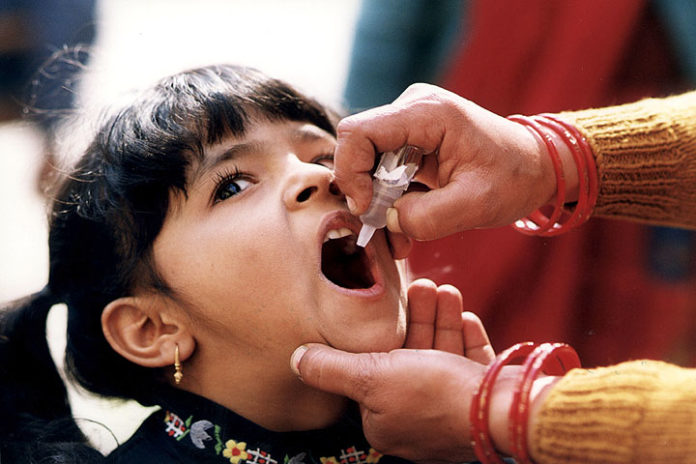World Health Organization and UNICEF estimate that 2.7 million additional children are un- and under-vaccinated compared to the pre-pandemic level of 2019
The disruptions in the global immunisation architecture caused by the COVID19 pandemic continue to wreak havoc.
World Health Organization (WHO) and UNICEF estimate that 2.7 million additional children are un- and under-vaccinated compared to the pre-pandemic level of 2019 as the immunisation coverage stalled in 2023.
The WHO and UNICEF estimates of national immunization coverage (WUENIC) – provide the world’s largest and most comprehensive dataset on immunization trends for vaccinations against 14 diseases.
“The latest trends demonstrate that many countries continue to miss far too many children. Closing the immunization gap requires a global effort, with governments, partners, and local leaders investing in primary healthcare and community workers to ensure every child gets vaccinated, and that overall healthcare is strengthened,” said UNICEF Executive Director Catherine Russell.
According to the findings, the number of children who received three doses of the vaccine against diphtheria, tetanus and pertussis (DTP) in 2023 – a key marker for global immunization coverage – stalled at 84% (108 million). However, the number of children who did not receive a single dose of the vaccine increased from 13.9 million in 2022 to 14.5 million in 2023.
More than half of unvaccinated children live in the 31 countries with fragile, conflict-affected and vulnerable settings, where children are especially vulnerable to preventable diseases because of disruptions and lack of access to security, nutrition, and health services.
In 2023, only 83% of children worldwide received their first dose of the measles vaccine through routine health services, while the number of children receiving their second dose modestly increased from the previous year, reaching 74% of children. These figures fall short of the 95% coverage needed to prevent outbreaks, avert unnecessary disease and deaths, and achieve measles elimination goals.
“Measles outbreaks are the canary in the coalmine, exposing and exploiting gaps in immunization and hitting the most vulnerable first,” said Dr Tedros Adhanom Ghebreyesus, WHO Director-General. “This is a solvable problem. Measles vaccine is cheap and can be delivered even in the most difficult places. WHO is committed to working with all our partners to support countries to close these gaps and protect the most at-risk children as quickly as possible.”


